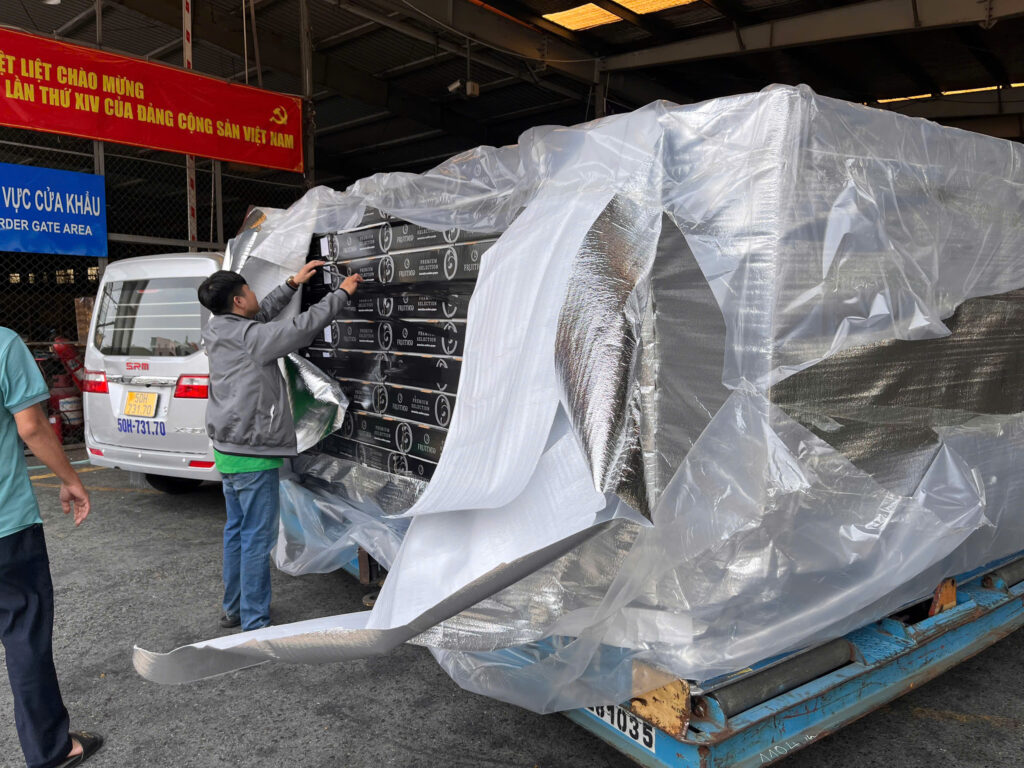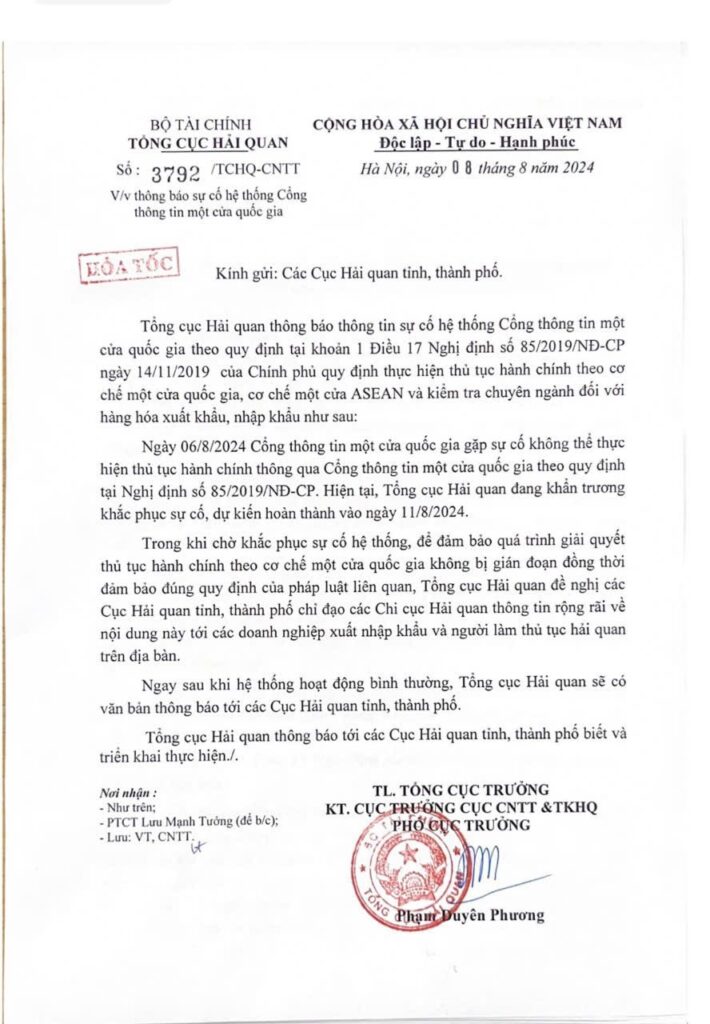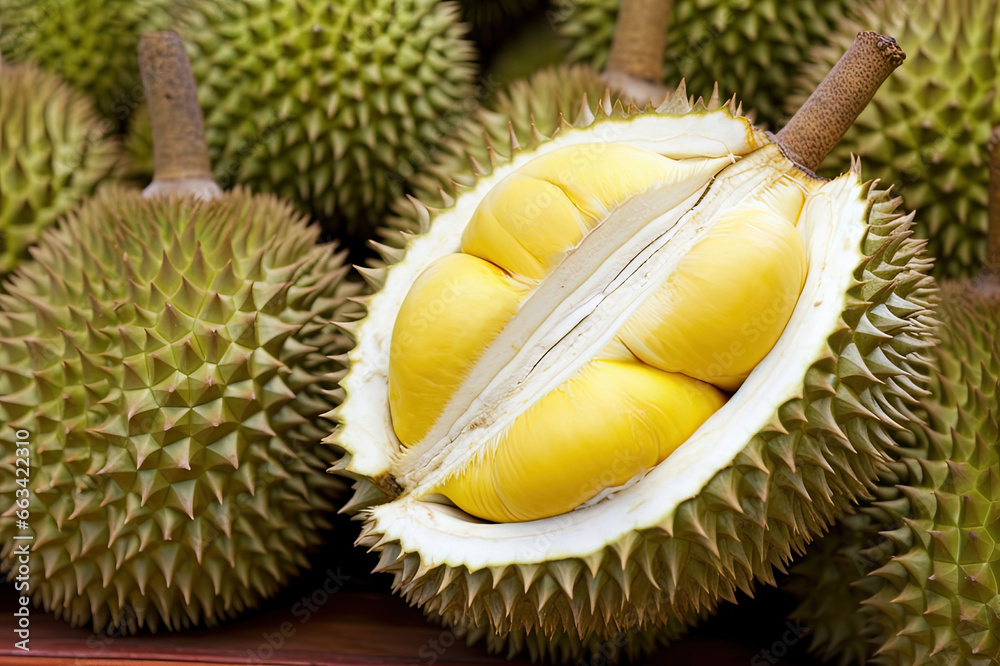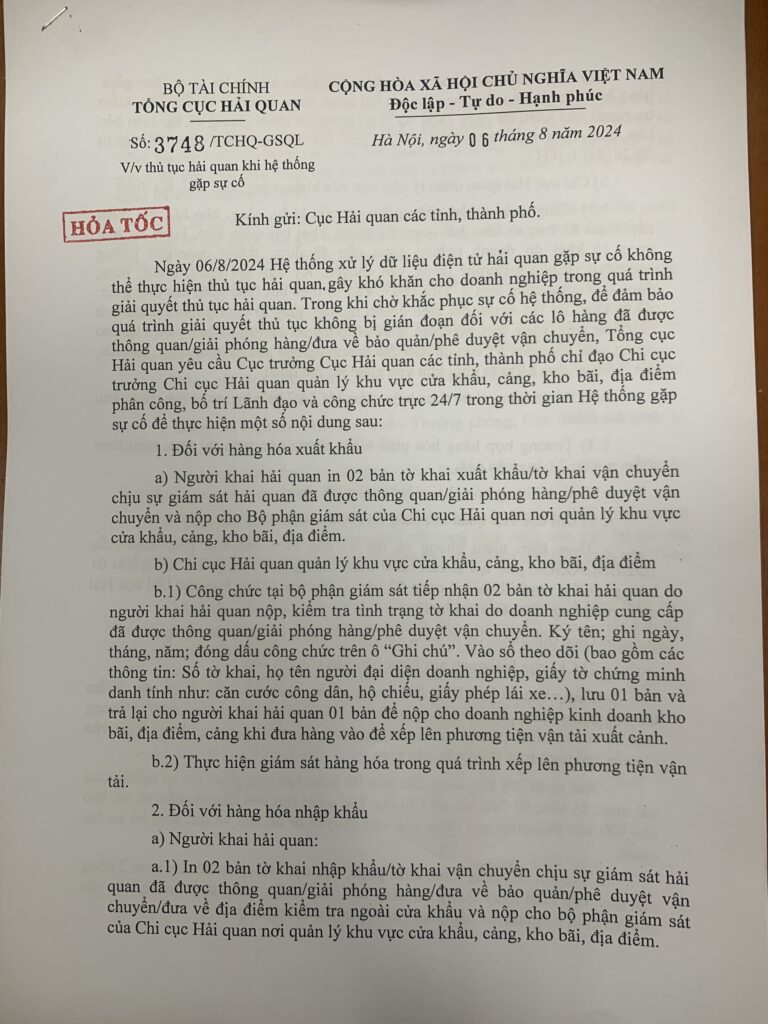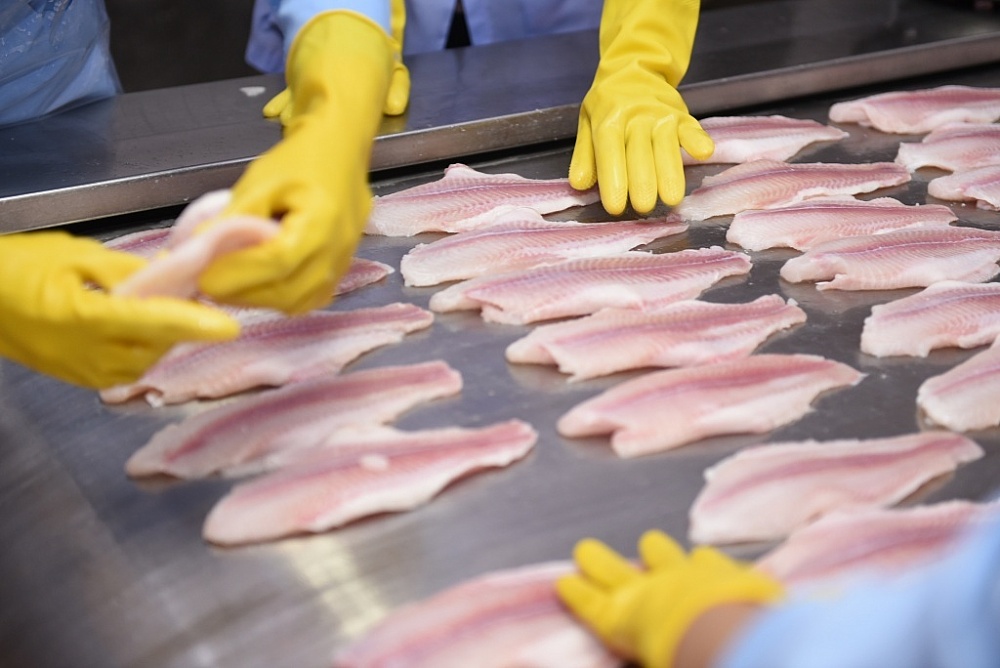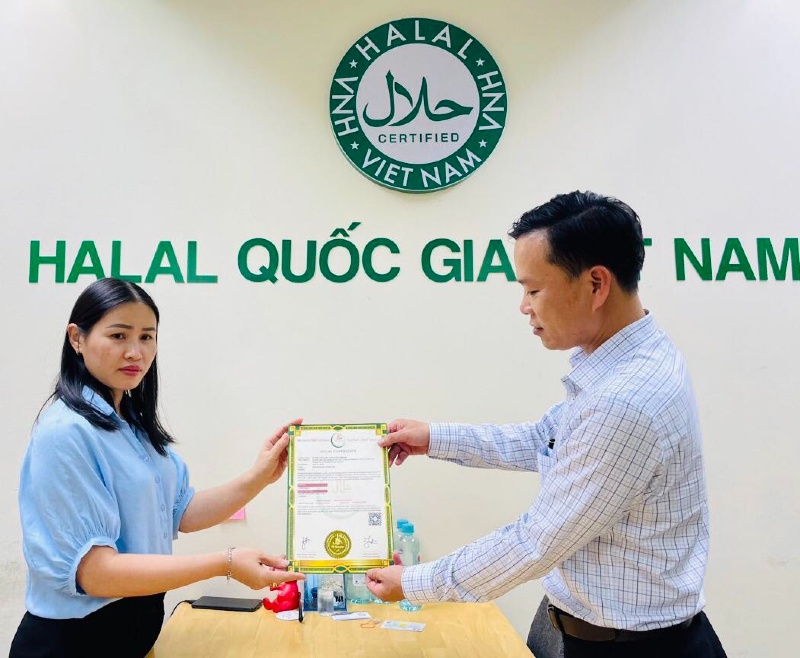We are the company White Lotus Logistics is a company with many fields of customs clearance. Our company specializes in providing export procedures services for "RIVEN DURAN" and many different types of fruits with competitive costs, the most reputable quality, suitable for all customers.
Durian is a popular export product in the international market and has been gradually developing in recent years. Popular types of durian are being grown in Vietnam such as: Ri 6, Thai, monthong cow barn, bitter melon, Cai Mon,... In particular, this is a very famous fruit in Vietnam and is loved by the community. international favorite. This fruit is commonly grown in tropical countries. In Vietnam, Durian varieties are often grown in the western regions and Central Highlands.
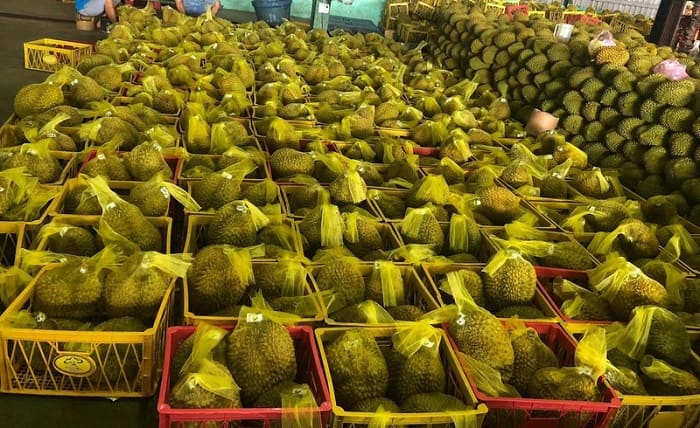
Currently in Vietnam, there are more than 50,000 - 65,000 hectares of durian growing nationwide. Output can reach nearly 500,000 tons/year.
Vietnam's exported durian is very popular in the international market, with a large harvest output. Therefore, the export of this fruit is also growing strongly. But many gardeners and businesses still do not clearly understand the procedures for exporting Durian. This causes domestic businesses to suffer huge losses.
1. Durian product policy.
Under the current regulations, durian is not on the list of goods banned from export, so the company can carry out procedures to export goods according to regulations.
Pursuant to Article 1 of Circular 30/2014/TT-BNNPTNT dated September 5, 2014 of the Ministry of Agriculture and Rural Development, vegetables and fruits are on the List of objects subject to plant quarantine. Therefore, the Company must register for shipment quarantine when completing export procedures.
=>>> If you have any questions, please contact hotline: 0903712368 for free consultation.
For official export, in addition to meeting the standard durian export conditions in terms of clean production process, food safety and hygiene (food hygiene and safety), origin traceability issues such as durian region codeng, processing and packaging facility codes, labels in English or Chinese need to be quickly implemented. The growing area code is a necessary and mandatory condition for demanding markets and is one of the factors serving product traceability, especially for fresh fruit products.
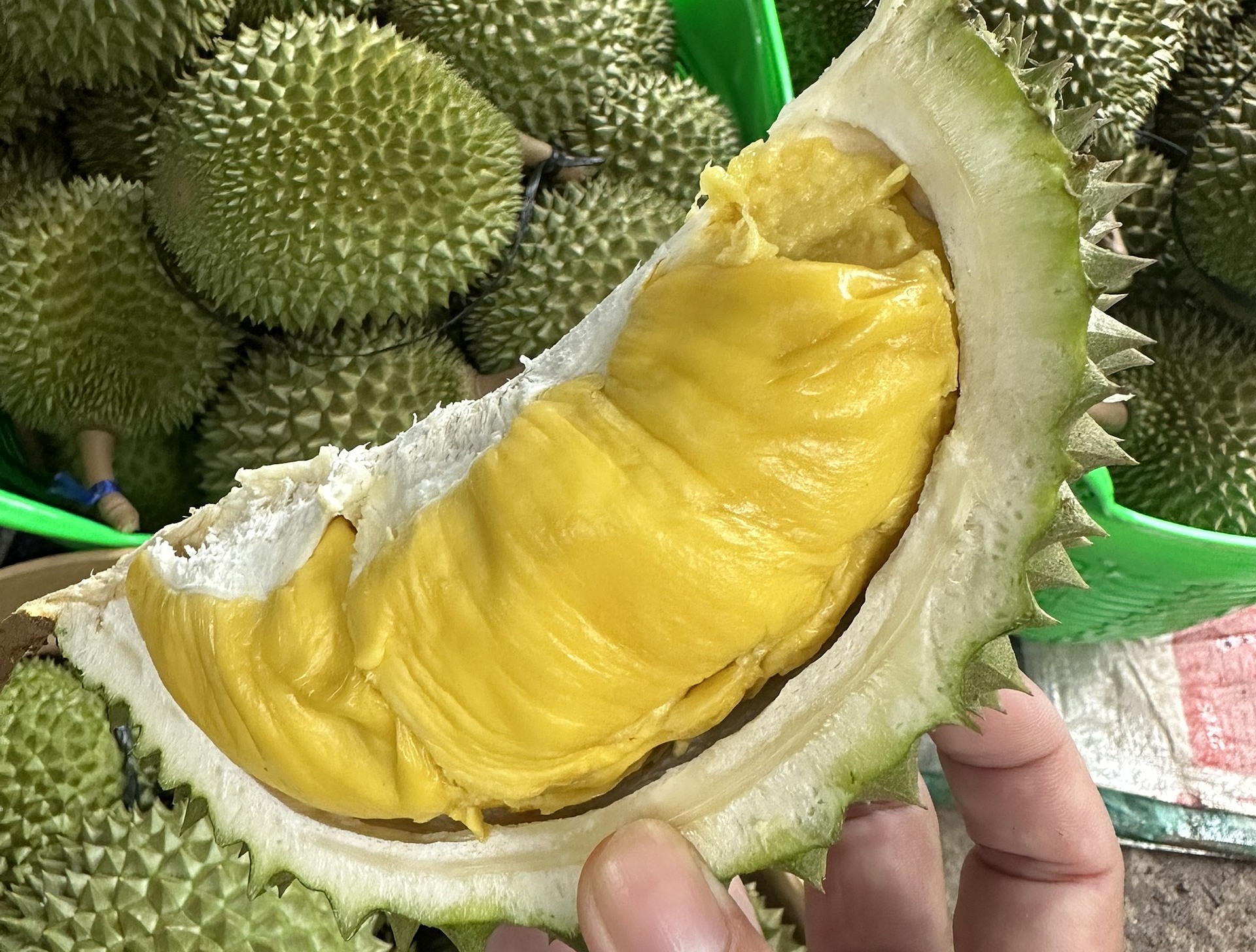
1.1 Export goods label - Shipping mark
For exported goods, when ensuring smooth transportation and customs procedures, businesses should affix shipping marks on the packages.
Shipping mark content normally includes the following:
- Product name in English
- Name of import unit
- Expiry
- MADE IN VIETNAM
- Package number/total number of packages
- In addition, you can add information such as contract/invoice number on the shipping mark
- Notes on arrangement and transportation of goods (if any): eg: need to be placed vertically, fragile goods, etc.
–> See more: Process for granting official export packing facility code of Chinese durian
1.2 HS code durian
Determining the detailed HS code of an item must be based on the nature, composition, etc. of the actual exported goods. According to current regulations, durian has HS in Chapter 8: EDIBLE FRUITS AND NUTS; PEDES OF CITUS FRUITS OR MELON KINDS.
Specifically, HS code Durian: 08106000.
According to current regulations on export, VAT on durian products is 0%. Durian is not on the list of items subject to export tax, so when exporting durian, businesses do not have to pay export tax.
1.3 Certificate of Origin for durian (Certificate of Origin)
This certificate is not mandatory during the customs clearance process for the shipment. However, buyers can request businesses to make certificates of origin for some markets that have signed trade agreements between the importing country and Vietnam. Therefore, importers can use certificates of origin to get preferential import tax rates.
For example, if exported to the Chinese market, it would be C/O form E.
=>>> CONTACT 0903712368 FOR CONSULTATION ON PROCEDURES FOR EXPORTING PRIVATE PACKAGES
1.4 Plant quarantine process
The purpose of making a quarantine certificate is to provide a guarantee to the authorities of the importing country that the imported goods are completely free of pests.
According to Appendix II of Decree No. 69/2018/ND - CP dated May 15, 2018 of the government. Durian is not on the list of goods banned from export, so businesses can carry out normal procedures for exporting commercial goods without having to apply for an export license.
Pursuant to Article 1 of Circular 30/2014/TT-BNNPTNT dated September 5, 2014 of the Ministry of Agriculture and Rural Development, vegetables and fruits are on the List of objects subject to plant quarantine. Before exporting, you need to make a Phytosanitary Certificate for each shipment.
The plant quarantine process is as follows:
- The first time the plant quarantine team may return to the facility to check the goods or will check at the port.
- Next time, businesses can transfer goods to the quarantine department for inspection, depending on the business's choice.
- At the same time as irradiation and plant quarantine, businesses submit documents for customs clearance of goods.
Prepare customs declaration documents when exporting durian fruit
- Invoice (Commercial Invoice)
- Packing List (Goods packing slip)
- Bill Of Lading (Bill of Lading)
- Sales Contract (Commercial Contract)
- Phytosanitary Certificate
- Other documents required by customs and for licensing: Catalog, product images, C/A, C/Q, CFS, Test report...
In order for the durian export process to be quick and cost-effective, customers need to pay attention to the following points:
Pay attention to the deadline for receiving customs clearance declarations (Cut-off time). The customs declaration needs to be completed and submitted to the shipping company before this deadline. If the deadline is overdue, your export shipment will be delayed to the next shipment, affecting the delivery process to customers.
For goods that must be sampled at the port to check quality, you should not clamp the shipping company seal immediately after packing the goods. Because when they get back to the port, they cut it off, and so they have to buy another seal from the shipping company, which costs money and takes more time.
When packing goods at the warehouse, it is necessary to carefully check the condition of the container to ensure it meets packing standards, avoid using poor quality containers that can easily cause damage during transportation of goods.

WOMENunmarketableDear customers, what about vughNg mahcbaht any information live above, please kunmarketabletnohivUhi our company deh nhahNDuhcsUgh phmoundcvmound tahn mind – tUh vahn miEhn fee, hoh pbelch 24/7.
Please contact hEh hotline: 0903712368/0948383816 (MS.Trang) Deh DuhctUh vahntahn love veh mohI thahcmahccincubateDear customers.
—– RELATED ARTICLES:

